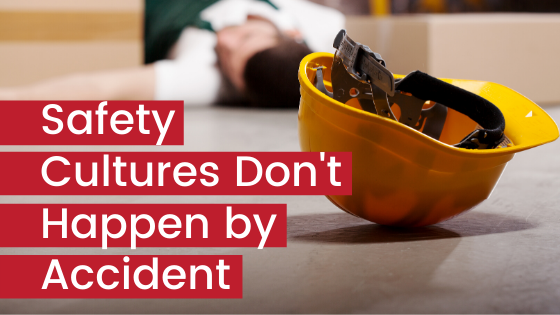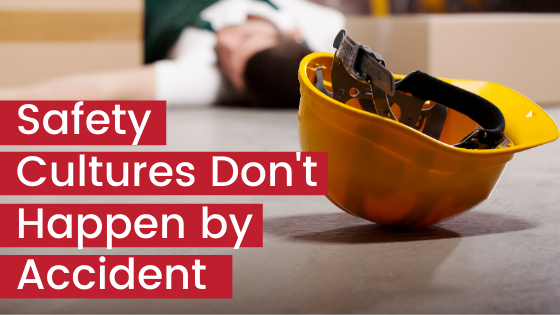“Like a state of grace, a safety culture is something that is striven for but rarely attained.” John Reason
Safety culture is critical in keeping people safe. It has proven to be intricately linked to productivity, morale, wellbeing and of course safety. Safety culture is what drives a team – it’s reflected by their attitudes, perceptions, beliefs and behaviours, and can be either something that just exists or is proactively managed with intent. An important reflective question that all leaders and team members should often ask is
‘How am I contributing to my site’s safety culture?’
There are various ways you may be doing this:
Suffocating
If you find yourself spending a lot of your time at work putting out fires, dealing only with the urgent tasks or a small select group of people and also moving at a frenetic pace, then you could be unwittingly suffocating your safety culture.
A safety culture needs space to breathe and evolve, it needs conscious effort to create and to maintain it, as well as collaboration and communication at all levels. If leadership is absent or if has been put at the bottom of the priority list, then that’s where it will stay.
It’s important here to pause and reflect, commit to a small portion of dedicated time a day to spending on your safety culture and allow it to come alive in a positive way. Increase your visibility on-site, talk to all levels of employees as a matter of course and create opportunities for some team bonding.
Salvaging
You may find yourself salvaging an existing safety culture that has a lot of baggage attached. This can be a very turbulent time with a lot of mixed emotions and history attached.
The key here is buy-in from everyone involved. Start from the beginning – clarify the building blocks you all believe are critical for the culture that you want and establish easy and simple actions that can be implemented to start the process of cultural evolution. Book in check-in days where you make a concerted to effort to track your actions and their results so far.
It’s important here to accept and acknowledge the emotions associated with this stage. Let teams offload and be heard, but steer the conversations to the present and future, and enforce the concept of collective accountability once they’ve had their vent.
Spearheading
You may be in the fortunate position where you are spearheading your safety culture. Generally in this stage, you will have the freedom to create what you want, and positive uptake and sharing of innovative ideas to cement the desired culture.
It’s important here to treat your safety culture as a process of continuous improvement – if you join a gym in January and only go 4 times, you won’t get the results you want. The key to sustained performance in any area is simplicity, repetition and clarity in intent. By linking the purpose of your safety culture to the organisation’s vision and values, it can also help with positive reinforcement.
With the list of benefits for a strong safety culture including few at-risk behaviours, low incident rates, low employee turnover, low absenteeism and high productivity, (US Department of Labor) it’s undeniable how important a part it plays in safety overall, and worth putting in the thought and effort to identifying where you are and what needs to be done to shift your culture to where you want and need it to be.
If you’d like to discover more about how you can build a strong SAFETY CULTURE, call Deborah Keep on 0420 204 982 or email deborah@deborahkeep.com.



